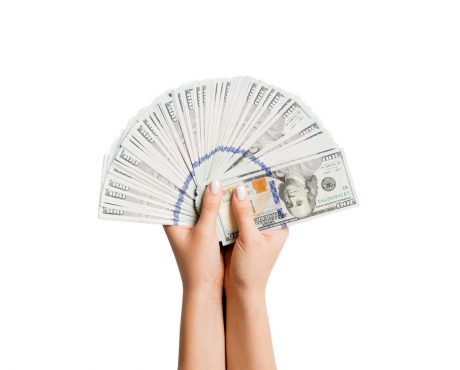This Market Niche Pays Reliable Retirement Income
Struggling to generate reliable retirement income? You’re not alone.
Thanks to today’s low interest rates, thousands of retirees now labor to make ends meet. Income hunters have ventured into all sorts of investments in the search for yield: junk bonds, master limited partnerships (MLPs), and real estate investment trusts (REITs).
But when the next recession hits, many of these high-yield securities will slash their payouts.
But what if you could earn 7.0% to 15% yields from sound U.S. companies? Actually, that’s exactly the situation we’ve found in one quiet corner of the investment world: preferred stocks. These hybrid securities are a cross between stocks and bonds. And in today’s low-interest-rate world, they’ve emerged as a popular source for retirement income.
Admittedly, preferred shares have their downsides. For one, shareholders stand closer to the back of the line to get paid in the event of a bankruptcy. Preferreds, therefore, tend to have more risk than traditional bonds and fixed-income products. And because their payments are fixed, they have less upside in the event the company prospers.
JPMorgan Chase & Co. (NYSE:JPM) is a great case in point. The banking giant offers several series of preferred shares paying dividend yields between six and eight percent per year. That figure looks attractive, especially compared to the one- and two-percent payouts on U.S. Treasury bonds.
JPM preferred stock owners, though, would be disappointed after comparing their profits to the firm’s common shares, which have surged 21% over the past year.
But preferred stocks come with certain protections, which make them attractive to retirees. Companies, for instance, have a contractual obligation to pay their preferred investors before their common stockholders see one red cent. A dividend-paying firm would have to eliminate its distribution before reducing its preferred payments.
Most preferred distributions, furthermore, are cumulative. So if a company skips a dividend, it has to make up any missed payments before returning any cash to common shareholders. These features provide an extra level of safety for owners, which explains why preferreds often hold up better in downturns.
Investors saw these protections pay off at Wells Fargo & Co (NYSE:WFC). In 2016, common shares of the financial giant plunged after widespread corruption was revealed at the bank. The price of preferred shares, however, barely budged, as the scandal had little chance of interrupting payments to investors.
Moreover, preferred stocks often come with large, usually fixed, payouts. Many blue-chip companies issue these securities with upfront yield that’s three to four times larger than that of their common shares. And for investors willing to take a little more risk, it’s not uncommon to find some preferred shares paying yields as high as 15%.
This explains why some of the smartest investors on the planet have started sinking more cash into preferred stocks.
Warren Buffett, for instance, has opted for preferreds over common shares in more and more cases . The most recent example includes Occidental Petroleum Corporation (NYSE:OXY). The billionaire investor purchased $10.0 billion of OXY preferred stock, which pays an eight percent annual dividend. (Source: “Want to invest like Warren Buffett? Here are the ins and outs of buying preferred stock,” CNBC, May 19, 2019.)
Granted, Buffett has access to deals that are off-limits to the average retiree. But investors should take note that some of the world’s smartest money managers have shifted money from common stocks to preferred shares. Their combination of safety and yield makes for a smart option compared to low-yield bonds and risky dividend stocks.
In a world of zero-percent interest rates, preferred stocks make for a smart retirement income stream.
